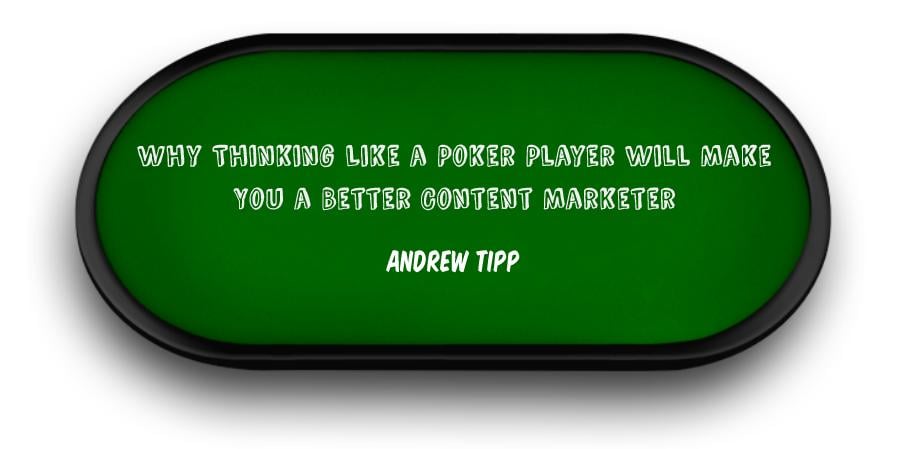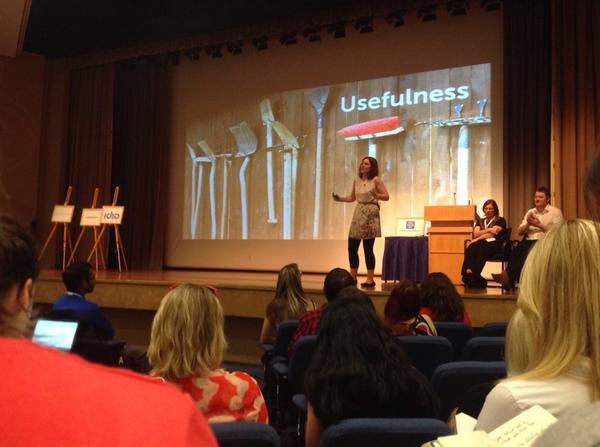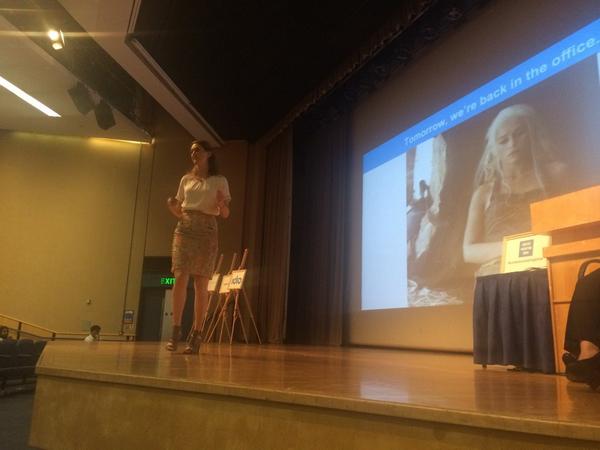Our Favourite Presentations from the 2014 Content Marketing Show
Yesterday, three members of the SEO team at Tug headed over to the content marketing show at the Institute of Education in Russell Square. Pens and paper in hand, we were all prepared to learn about best practices, hear success stories and network in the industry. Next week, we’ll have a post full of all of the takeaways from the show, but today we’ll tell you about our favourite presentations:
Carlo
Why Thinking Like a Poker Player Will Make You a Better Content Marketer – Andrew Tipp, Digital Content Development Manager at Suffolk County Council
Andrew draws an odd comparison between poker players to speak about content marketing strategy. It makes sense because content marketing is a tough game that many SEOs aren’t getting right. However, smart players learn from their successes and mistakes, and content need to be analysed after its publication to understand why it succeeds and why it fails – similar to what poker players do in games. This is the only way to make content better and engage with your audience.
In terms of content strategy, he suggests to divide content resources as follows:
- 70% of “bread and butter” content that in my opinion is content that have a sure pick up and it’s useful or it fills on-site content gaps
- 20% of door stop sandwich and this means in depth content and well research that provides lots of takeaways
- 10% experimental cooking and this means experimental content that could go viral or could fail
Verena
Why People Share Stuff Online – Emma Dunn from @Caliber
Emma explained why certain content is shared online more often than others. She mentioned that people tend to share content online that makes them look good/smart/clever in front of their friends or that surprises them (example: Susan Boyle). Other factors that determine whether content gets shared more often online include emotions, usefulness, identity and stories. She says that people for example tend to share content online that arouses fear, anger, or amusement as well as content that tells a story.
Motivational Content Stories for the Downtrodden – Chelsea Blacker from @Blueglass
I especially liked how they came up with really cool content ideas for quite difficult/boring markets, such as conference rooms. The idea of educating the target market by involving experts in their field (e.g. through research) and developing the blog as a resource that can get linked to is a good way to create interesting content. The other way of involving offline experts who are keen to expand their opportunities and turning them into online experts and brand ambassadors is another good idea for creating authoritative pieces and content that resonates with the audience.
Alyssa
The Hero’s Journey: using archetypes in video marketing – Ralph Goldberg
I had a few favourites, including the Motivational Content Stories presentation that Verena mentioned, Gateway-drug content strategy elements you should use, and also the How a journalistic approach and a magazine mindset improves brand content. The one that really stood out to me was using archetypes in video marketing because it opened my eyes to what a lot of recurring themes in storytelling are and brought it to the forefront of my mind how to use them for future content. I studied psychology in university and essentially Ralph was talking about using your audiences heuristics and archetypes to shortcut the process of connecting with them. That was pretty cool. Also, when he explained the Hero’s Journey, I mapped Buffy the Vampire Slayer onto each step. That’s right, Buffy the Vampire Slayer is a monomyth.






